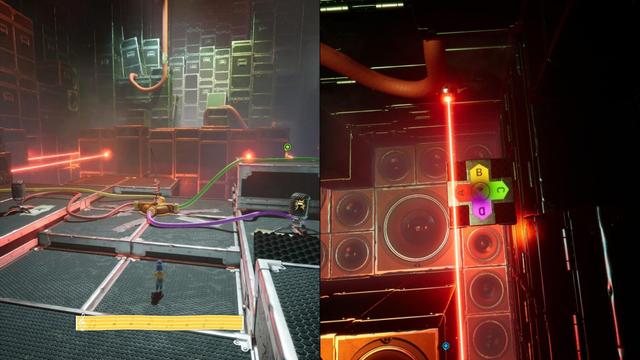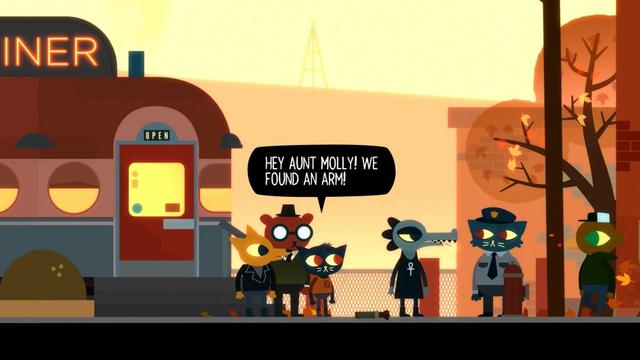Xenoblade Chronicles X: Definitive Edition (Switch): COMPLETED!
And that’s it. I’ve officially run out of Xenoblade to play. In about a year and a half I’ve completed the entire series of games in some sort of obsessive newfan flurry of activity. Why did I sleep on this series for so long? It’s bloody great.
Anyway, I’ve said a lot about the three numbered games in the series, and I have to say I was a little worried coming to X because I’d heard it wasn’t quite the same, didn’t exist in the same chronology, and was originally the second game released so might not have the graphics, controls and gameplay improvements the series gained over time. So, how was it?
The first thing to address is how it fits into the series, because despite all the internet fora saying it doesn’t, it bloody does. I mentioned in the writeup of the Xenoblade 3 DLC that X is referenced there quite explicitly, but it’s not hard to see that the event that caused the creation of the worlds of 1, 2 and 3 is (or at least, could be) the same event that causes the mass exodus of humans from Earth, setting up the plot for Xenoblade X. Two alien races are fighting over Earth, which then blows up, and you are one of an ark of survivors (perhaps the only ark that made it) that escaped only to crash on a planet called Mira. A planet which, somehow, has Nopon. Curious. Plus, in chapter 13, the events of Xenoblades 1 and 2 are directly referenced.
The second thing is the gameplay. In terms of basic combat mechanics, Xenoblade X is very similar to Xenoblade 1, with the attack moves laid out across the bottom of the screen, each with cooldowns, and so on. However, it’s vastly more complex, as you can tweak your skills, arts, weapons, armour and (later) your big mech-like “Skell” to the nth degree with items similar to the weapon gems in the original game, only now you can gem up everything. And add more gem slots. I read a while back that the developers wanted to use X1 as a basic for the gameplay here, but make the focus of the game the combat rather than the plot, and it shows.
Because, you see, the plot isn’t fantastic. Well, it’s fantastic in the old sense of the word, but it’s a bit poo compared to X1/2/3. You crash on this planet, your ship has become a small city, and you have to find other parts of the ship that broke off in order to ensure the continued survival of the human race. Only you do very little actual hunting for the parts, and you get the “main” missing part right near the end of the main game without really working too hard for it. No, instead the game consists of more side quests (some of which, although classed as side quests aren’t actually optional) than probably the other three games put together mainly as a way of getting you to level up so you can progress the story. The day to day stuff, these quests, exploration, chats with NPCs and asides with your teammates are great, but the over-arching plot isn’t amazing.
Graphically, it’s bump up from the original Wii U version of the game. In addition to that, I’m playing it on the Switch 2 which although doesn’t do anything specifically to the graphics, it does make the framerate rock solid (something that wasn’t the case with the other games on the Switch 1) and some of the sunrises and sunsets look absolutely incredible, so I do wonder if there’s some upscaling or smoothing or something going on.
The main differences in the game come down to the setting, the addition of Skells, the number of possible characters in your party (something like 16 are possible, with four in your party at any one time), the music (which is more rock, guitar and rap – some of it sounds very Sonic Adventure 2 Pumpkin Hill), and a thing where you put probes into the world map.
This latter feature splits the map of Mira up into hexagons, with some of them suitable places to plant a probe. You obtain different types from quests and loot, and they can mine (miranium, used to make weapons and weapon mods) or generate money, every hour or so. Or, later on, buff your attack, defence, and so on in the region they’re planted. You can swap round your probes (for a small fee) when you want, and you get bonuses for probes of the same type placed next to each other. There are a few side missions that challenge you to arrange them in a way so as to generate large amounts of miranium or money in a single “cycle”. It’s diverting, and reminds me of the business/empire building side stories of the Yakuza games.
In all, I really did enjoy Xenoblade Chronicles X. There’s nothing really wrong with it but it just didn’t entertain me and push me to reveal the “truth” of the story in the same way the other games did. The combat is satisfying, and generally quicker and more flexible than in 1/2/3, it looks great, sounds great, and is a lot of fun, but there’s just something missing. Maybe it’s the characters, as your main character is generally mute (although you can choose his/her “combat calls” voice from a number of actors, include those from other games in the series) and almost everyone has a boring American accent. No Welsh catgirls or aussie pirates here. Two of the other alien races – the Prone and the Ma-non have horrible pitch-shifted voices too. Maybe it’s missing something else. I can’t quite explain it.
That said, it’s still better than 95% of other games. It’s just the worst Xenoblade, is all.
Now what? There’s no Xenoblade 4 or X2 on the (known) horizon. Boo.
#completed #switch #xenoblade





































